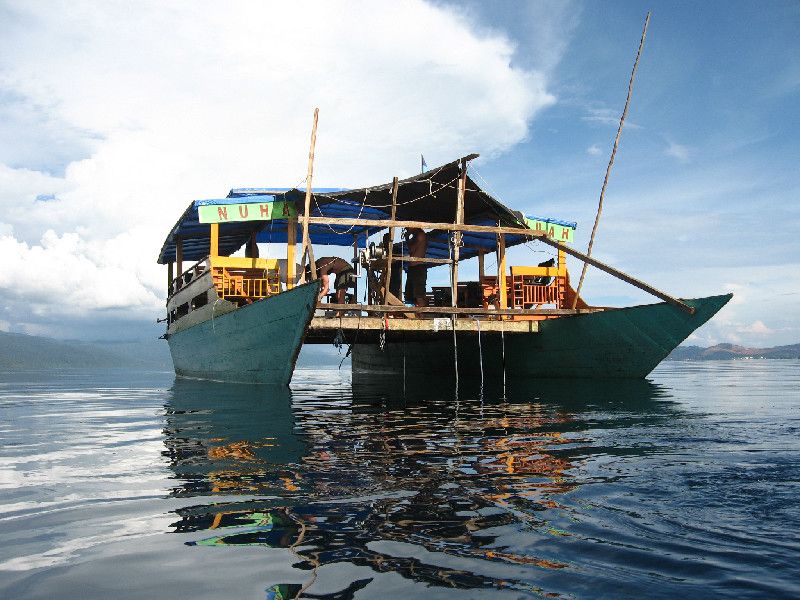Rare 'Green Rust' Offers Glimpse of Ancient Seas

A rare and highly reactive iron mineral called green rust appears to have played an important role in ancient oceans, suggest new findings, which may have implications for the formation of Earth’s early atmosphere.
The research team identified green rust in an Indonesian lake where conditions mimic those of the ancient oceans, and found the rust played an important role removing an important element, nickel, from the water.
If green rust accomplished something similar in ancient oceans, it could potentially have played an indirect role in the accumulation of oxygen in the atmosphere, a process that picked up speed about 2.3 billion years ago with the first great rise in atmospheric oxygen, called the Great Oxidation Event. The oxygenation of the atmosphere allowed more complex life, including humans, to evolve.
"The link between green rust, nickel uptake and the oxygenation history of the planet requires further investigation, but our finding is a major step forward," study researcher Simon Poulton, a professor of biogeochemistry at Newcastle University in the United Kingdom, told LiveScience in an email.
Green rust, like the better-known, red-orange stuff, is an iron mineral, first identified only about a decade ago, according to Poulton.
Since then, green rust, which is indeed a pale green, has been found in only a few places, including water-logged soils, groundwater, and, now, the oxygen-free water of Lake Matano in Indonesia. The deep waters of this ancient lake contain iron-rich and oxygen-free waters like those scientists believe filled Earth's deep oceans more than 580 million years ago. [In Living Color: Gallery of Stunning Lakes]
The discovery of green rust in the lake suggests this rare mineral may have been more common in Earth's ancient past, Poulton said.
Sign up for the Live Science daily newsletter now
Get the world’s most fascinating discoveries delivered straight to your inbox.
Like other iron minerals, green rust readily absorbs dissolved elements onto its surface, but green rust is not only particularly efficient at this — in many cases, it can also react with toxic dissolved trace metals to make them insoluble, and as a result, renders them in nontoxic forms. This is something most normal iron oxides cannot do, Poulton said.
In the modern world, some hope to use green rust to remove toxic metals and radioactive elements from the environment.
In the ancient oceans, green rust's ability to pull nickel out of the water would have been critical for some life forms, since nickel is an important nutrient for microbes that produce methane. Methane reacts with oxygen to produce carbon dioxide, so less nickel means less methane, which would mean oxygen could remain in the atmosphere and accumulate over time, Poulton explained.
The research has other implications for understanding the composition of ancient oceans. To understand the nutrient composition of the ancient oceans, it's important to know which iron minerals were around at the time. Iron minerals take up dissolved nutrients and carry them to the seafloor, where they eventually become preserved in rock. But because different iron minerals behave differently, scientists must know what iron minerals were present, according to Poulton.
In Lake Matano, they found that green rust played a dominant role in taking up nickel. In the future, Poulton hopes to look into green rust’s interactions with other nutrients.
The research is detailed in the July issue of the journal Geology.
Follow Wynne Parry on Twitter @Wynne_Parry orLiveScience @livescience. We're also on Facebook & Google+.












